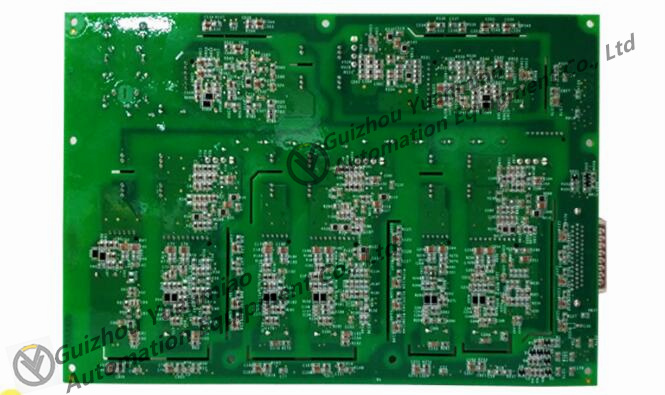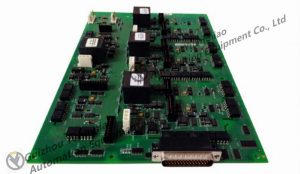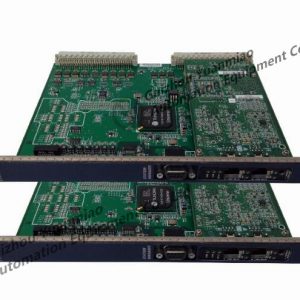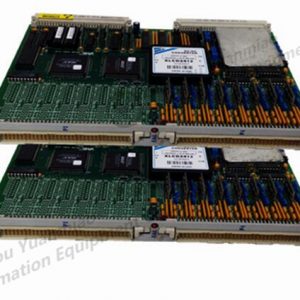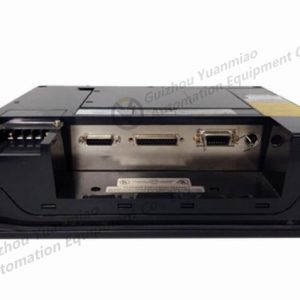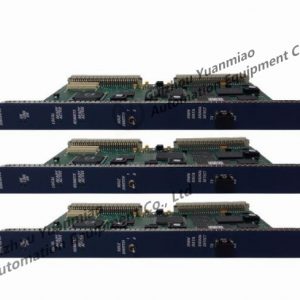GE IS210AEDBH4AGD control module
(1) Temperature PLC requires an ambient temperature of 0~55oC. During installation, it should not be placed under elements with large heat, and the surrounding ventilation and heat dissipation space should be large enough.
(2) Humidity To ensure the insulation performance of PLC, the relative humidity of air should be less than 85% (non condensing).
(3) The vibration shall keep the PLC away from strong vibration sources and prevent frequent or continuous vibration with vibration frequency of 10~55Hz. When vibration is unavoidable in the use environment, damping measures must be taken, such as damping rubber.
(4) The air shall be free of corrosive and flammable gases, such as hydrogen chloride, hydrogen sulfide, etc. For the environment with more dust or corrosive gas in the air, PLC can be installed in the control room or control cabinet with good sealing.
(5) The power supply PLC has certain ability of resisting power line interference. In the environment with high reliability requirements or serious power interference, isolation transformer with shielding layer can be installed to reduce the interference between the equipment and the ground. Generally, PLC has DC 24V output to the input. When external DC power supply is used at the input end, DC regulated power supply shall be selected. Due to the influence of ripple, ordinary rectifier and filter power supply is easy to make PLC receive error information.
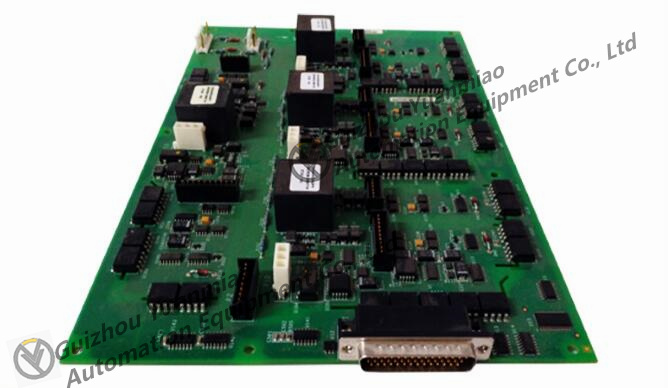
Most of the interference sources that affect the PLC control system are generated at the position where the current or voltage changes sharply. The reason is that the change of current produces magnetic field, which produces electromagnetic radiation to the equipment; The magnetic field changes to generate current, and the electromagnetic wave is generated at high speed. Generally, according to different interference modes, electromagnetic interference is divided into common mode interference and differential mode interference. Common mode interference is the potential difference between the signal and the ground, which is mainly formed by the superposition of the common state (same direction) voltage induced by the power grid connection, ground potential difference and space electromagnetic radiation on the signal line. Common mode voltage can be converted into differential mode voltage through asymmetric circuit, which directly affects the measurement and control signals and leads to component damage (this is the main reason for the high damage rate of I/O modules in some systems). This common mode interference can be DC or AC. Differential mode interference refers to the interference voltage acting on the two poles of the signal, which is mainly formed by the coupling induction of the spatial electromagnetic field between the signals and the conversion of the unbalanced circuit to the common mode interference. This interference is superimposed on the signal and directly affects the measurement and control accuracy.
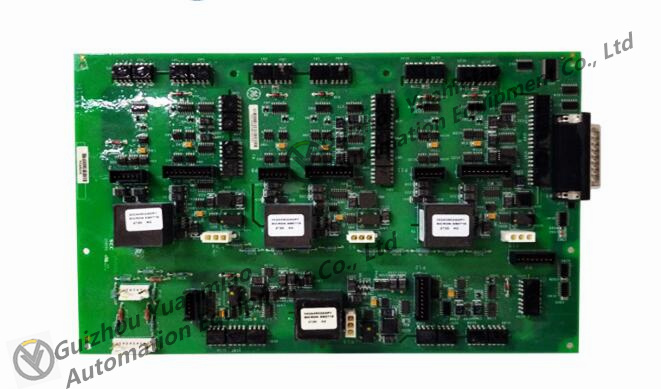
| GE | IC200GBI001 |
| GE | IC3645LXCD1 |
| GE | IC660BBD025 |
| GE | IC660EBD020 |
| GE | IC660ELB912G |
| GE | IC660ELD100A |
| GE | IC660TSA100 |
| GE | IC670CBL001 |
| GE | IC670CHS001 |
| GE | IC670CHS002 |
[Disclaimer]
Our company sells new products and discontinued products, and purchases such special products through independent channels. Guizhou Yuanmiao Automation Equipment Co., Ltd. is not an authorized distributor, distributor or representative of the featured products of this website. All product names/product images, trademarks, brands and microlabels used on this website are the property of their respective owners. Product descriptions, descriptions or sales with these name images, trademarks, brands and logos are for identification purposes only and do not represent any association or authorization with any right holders.

